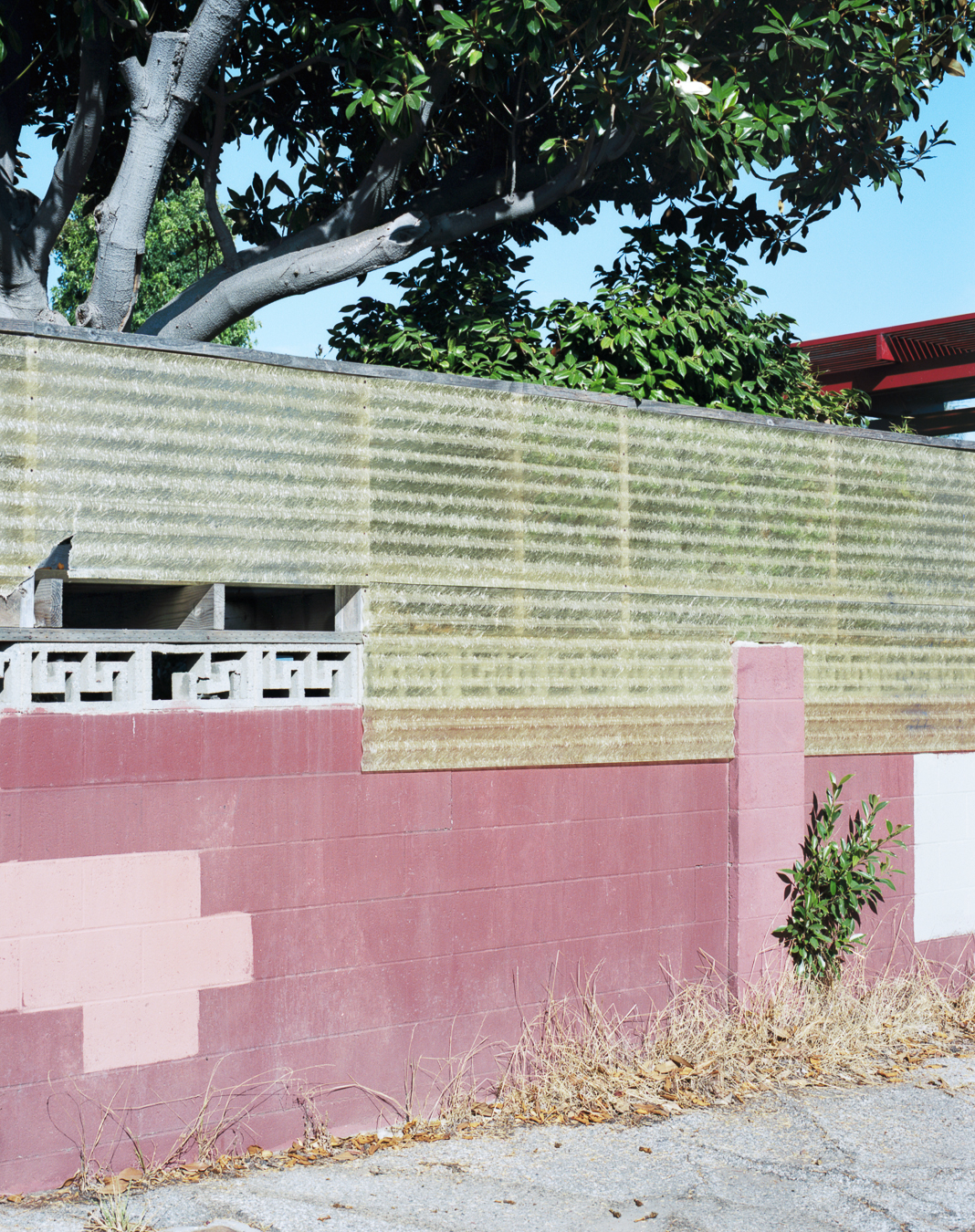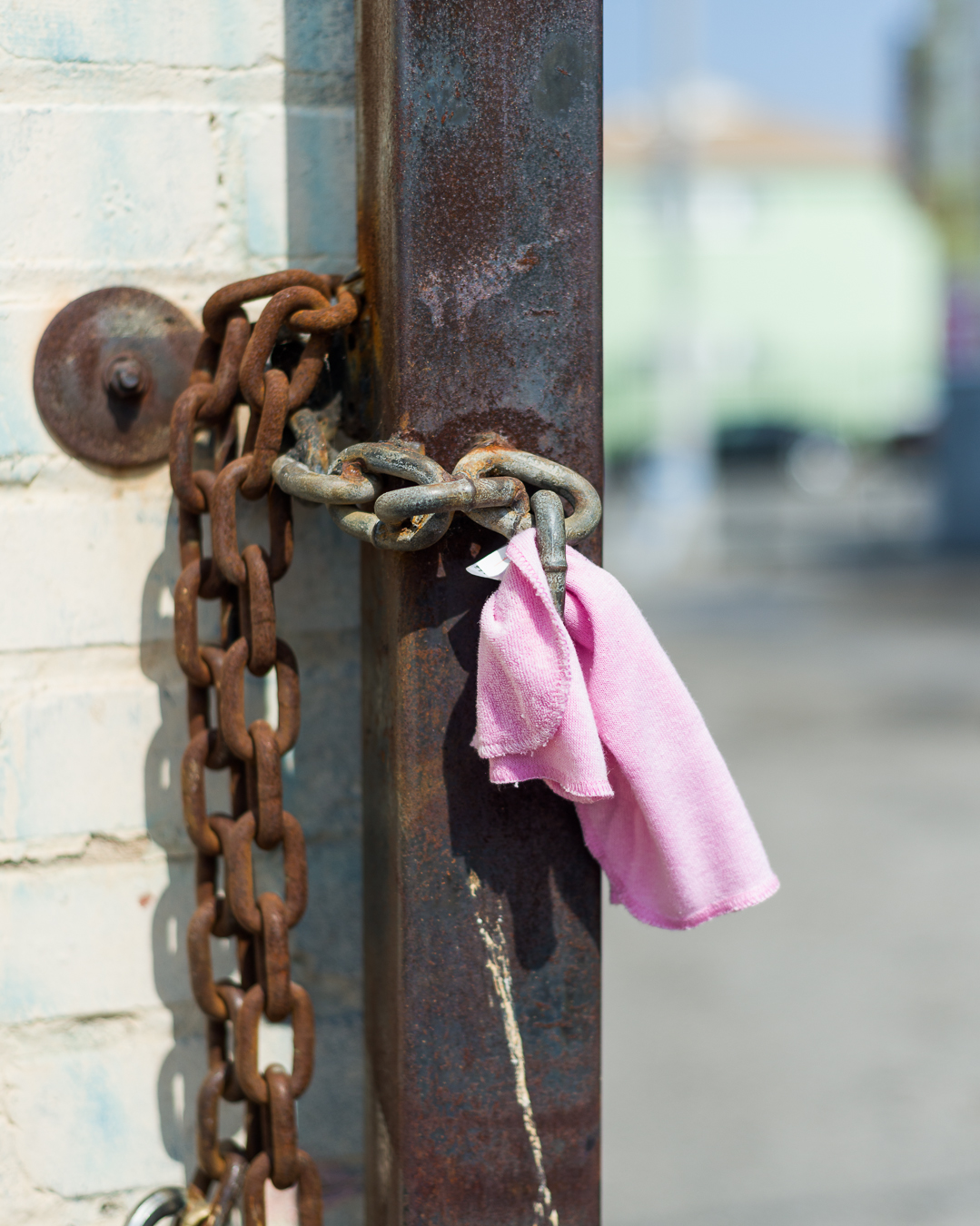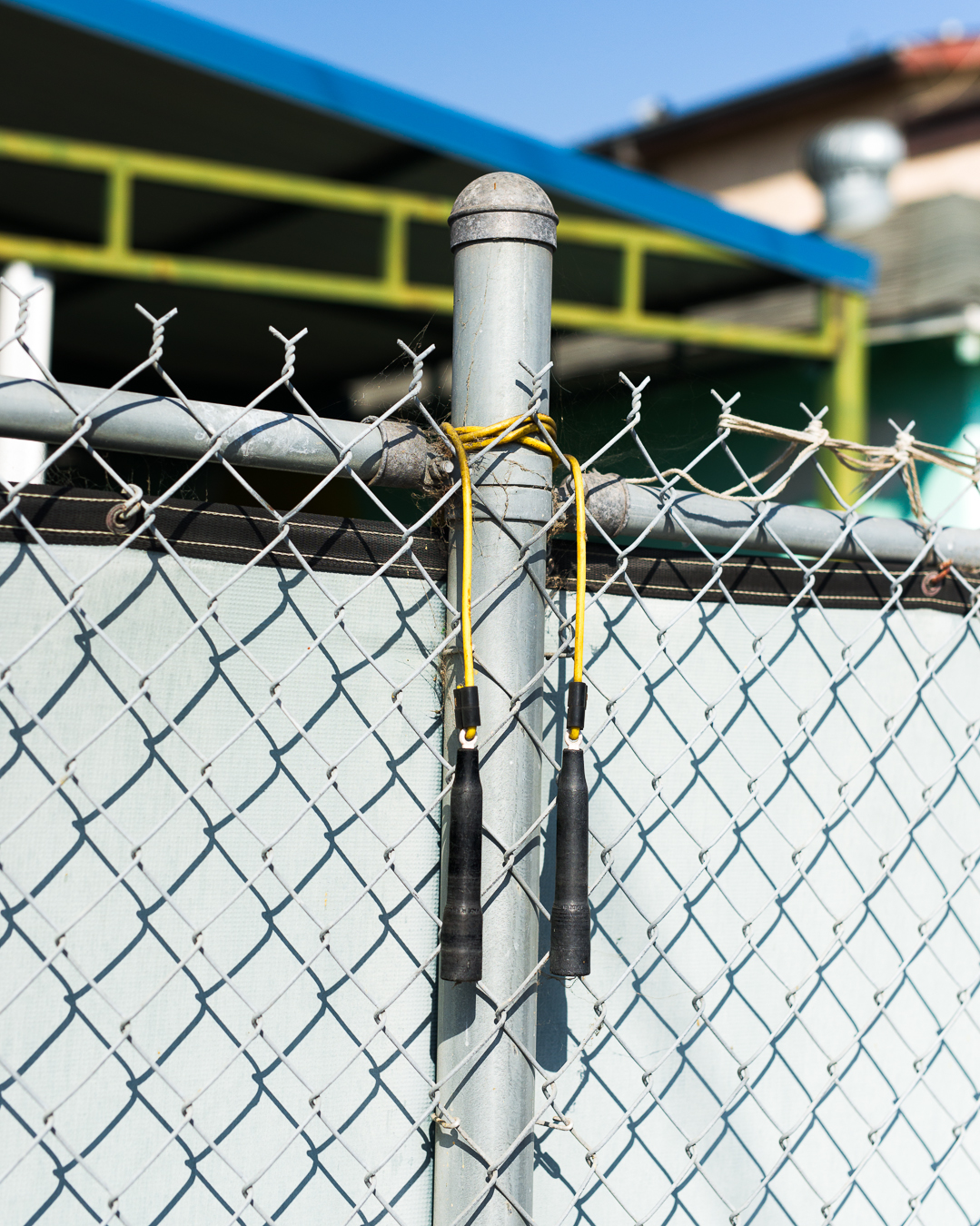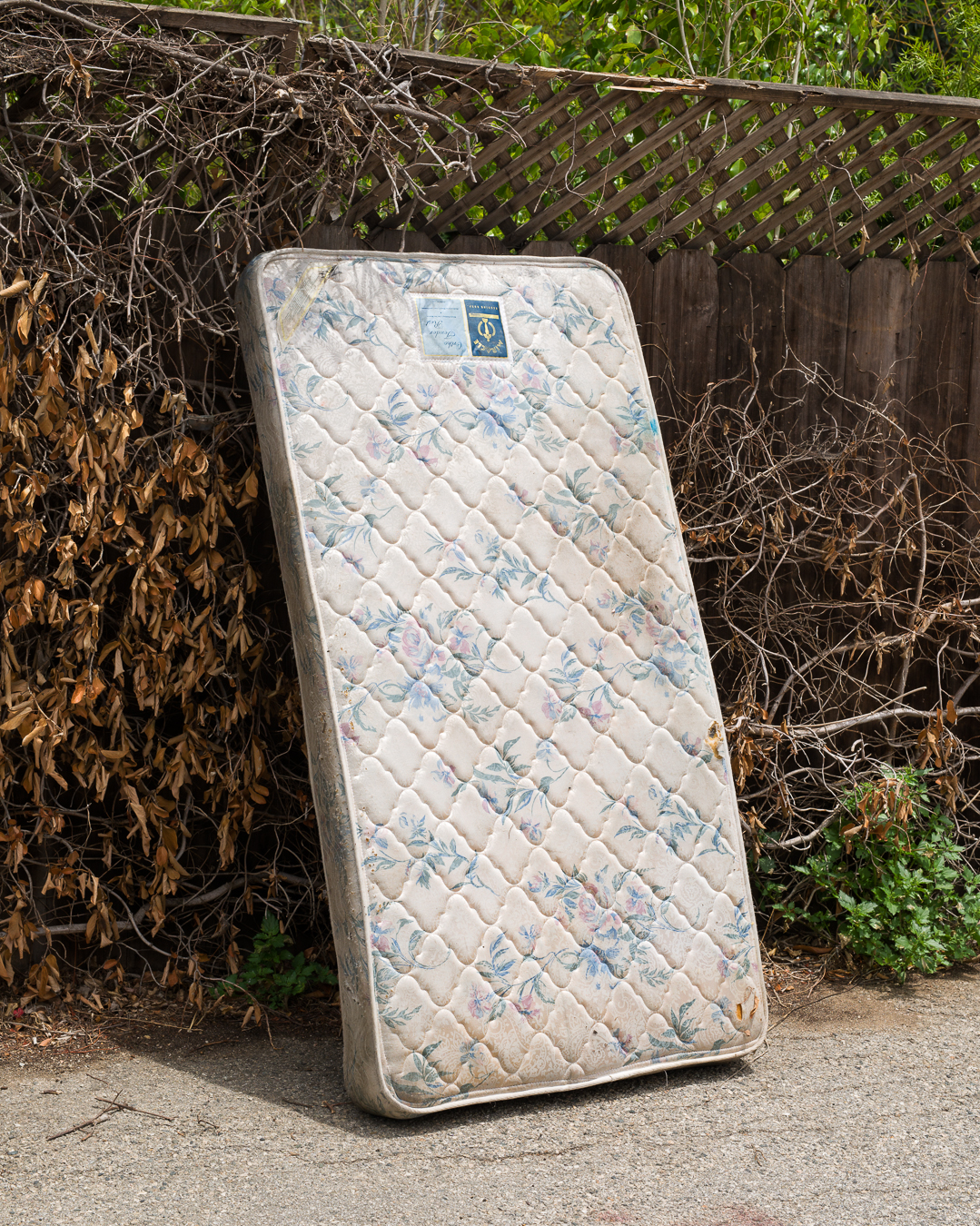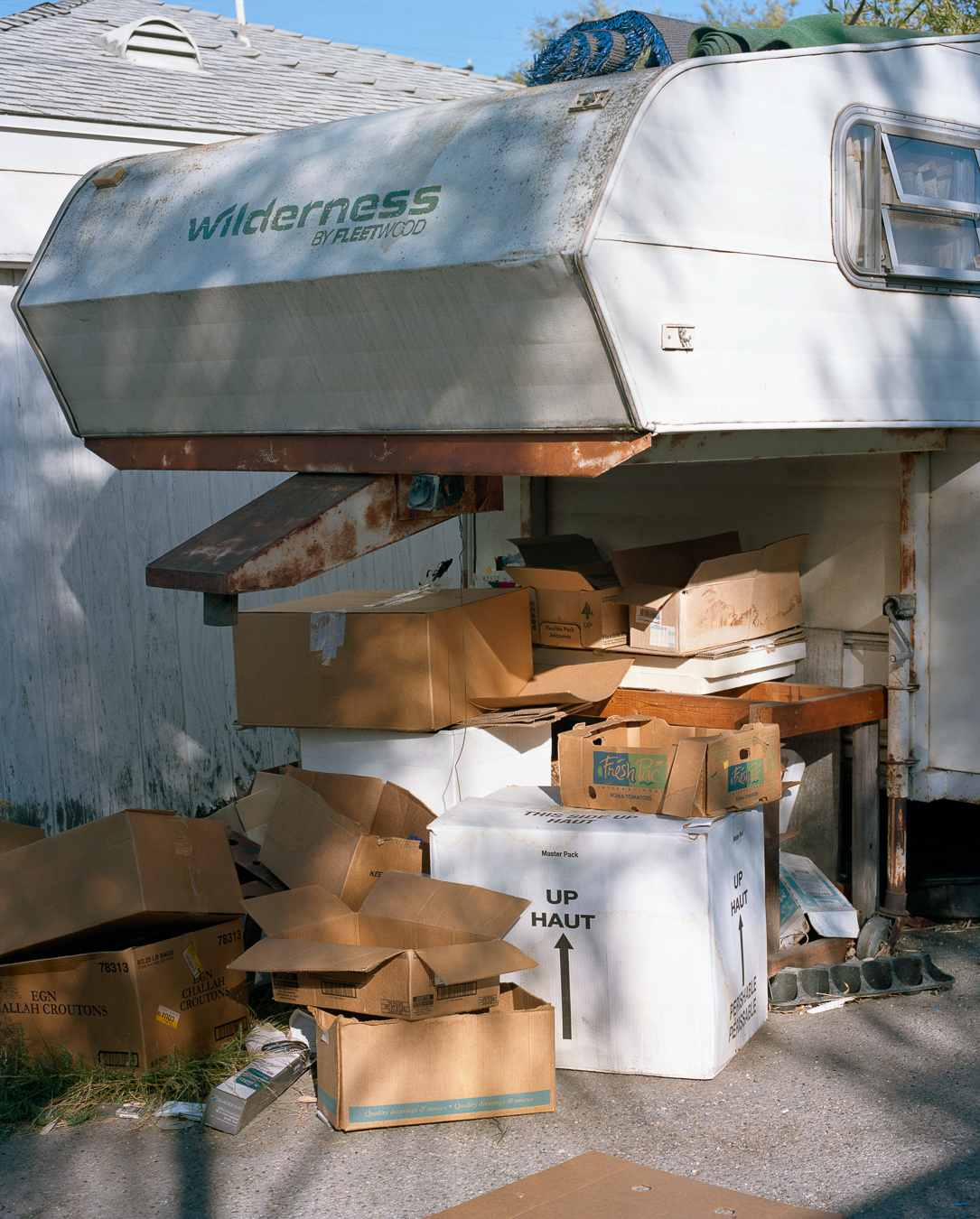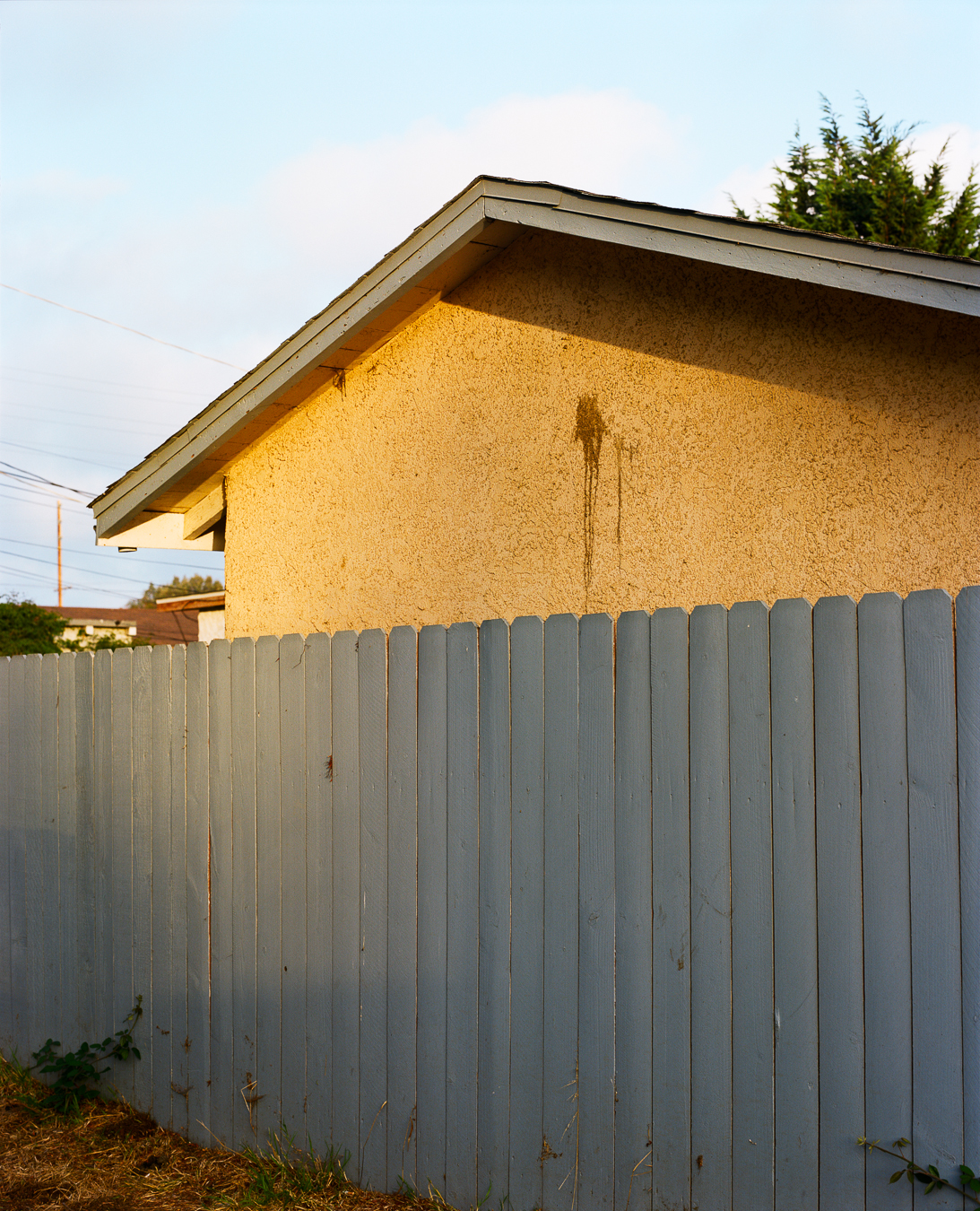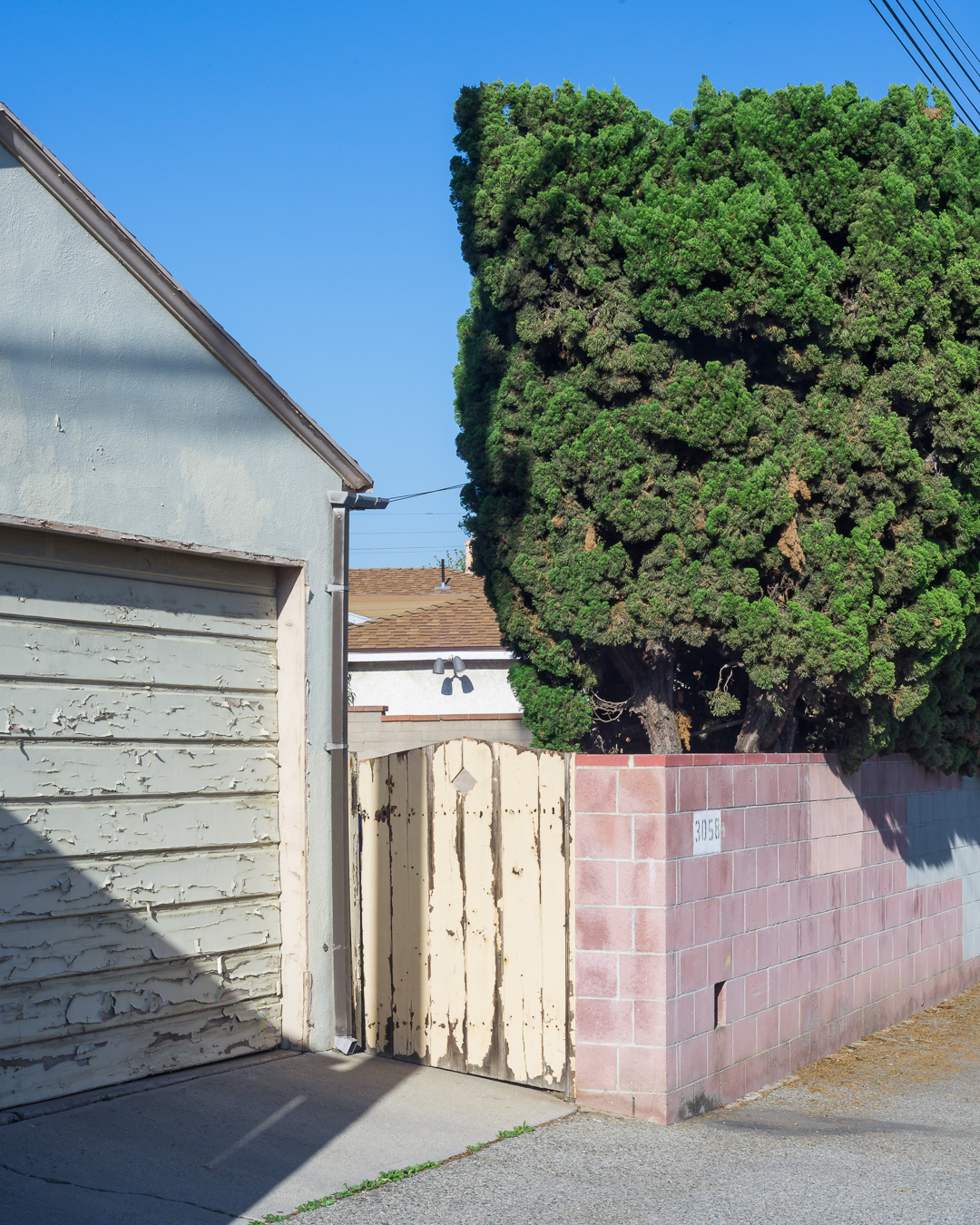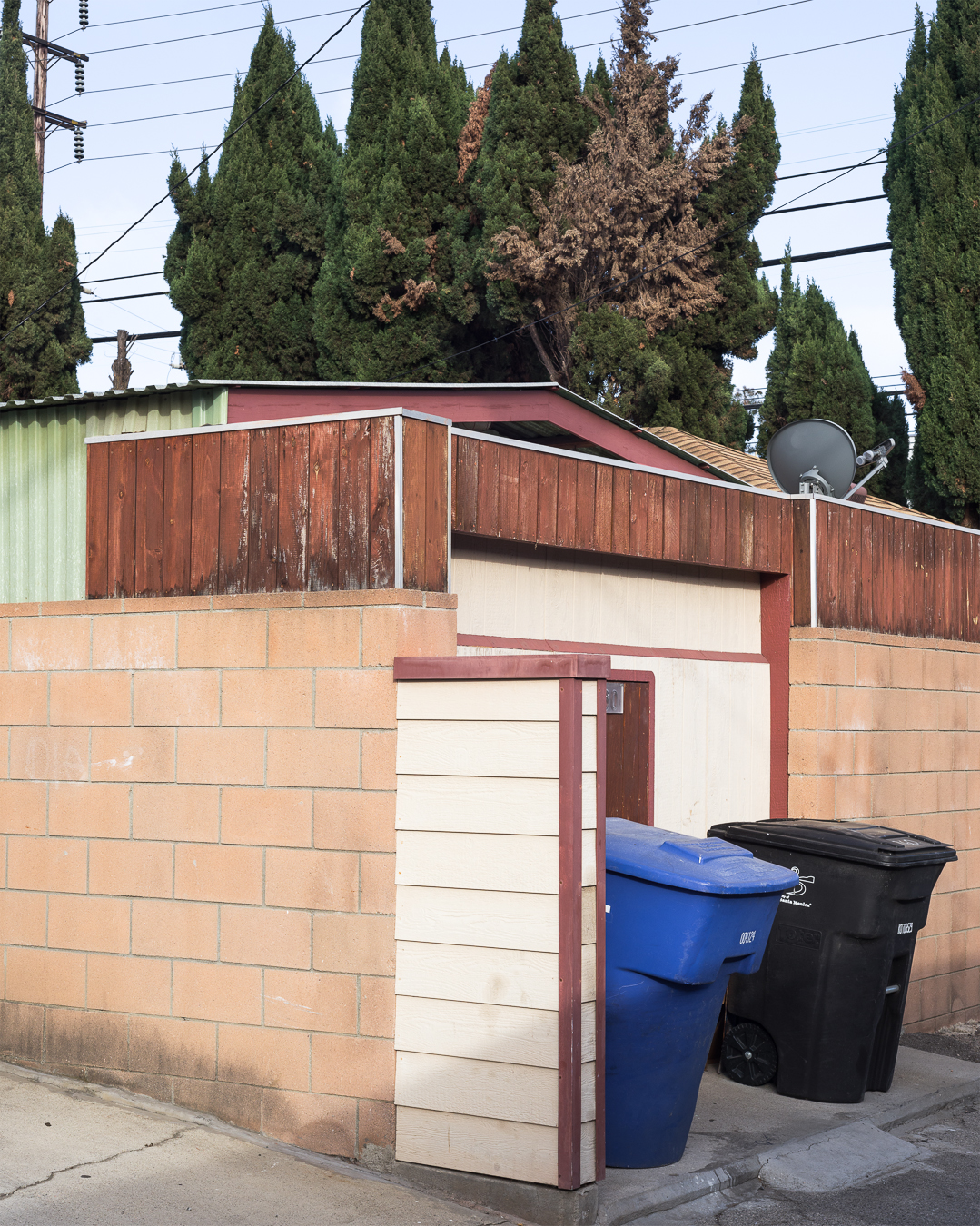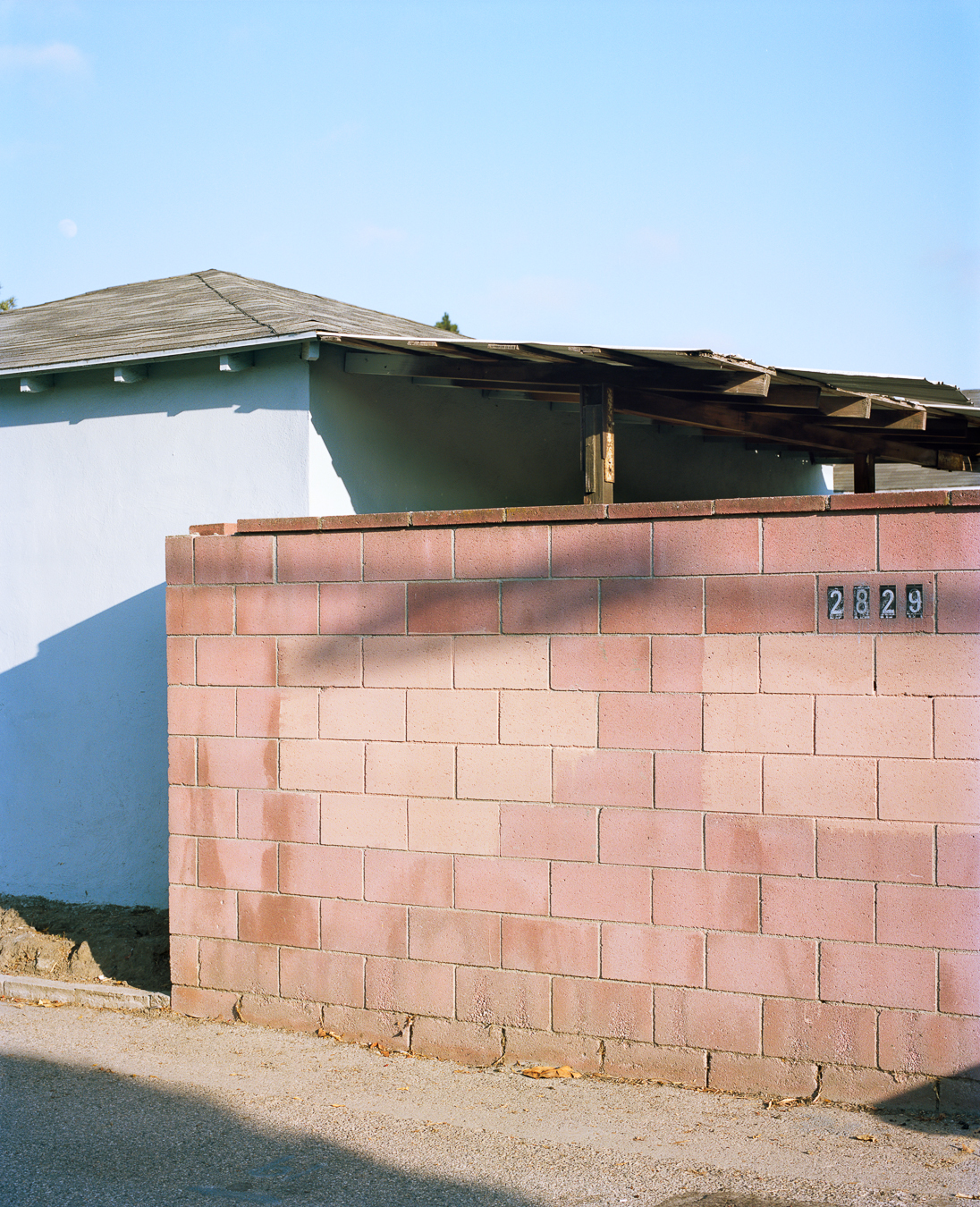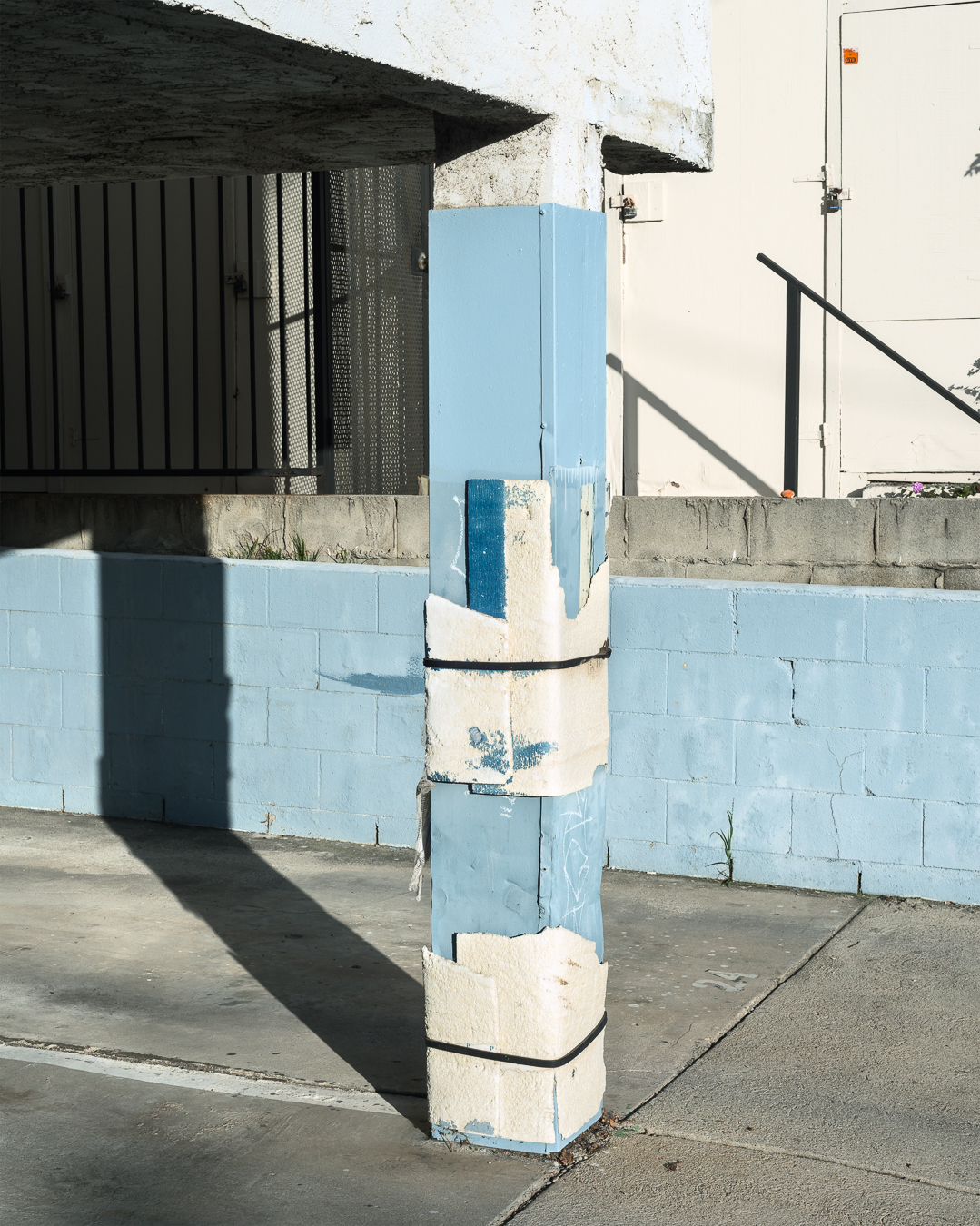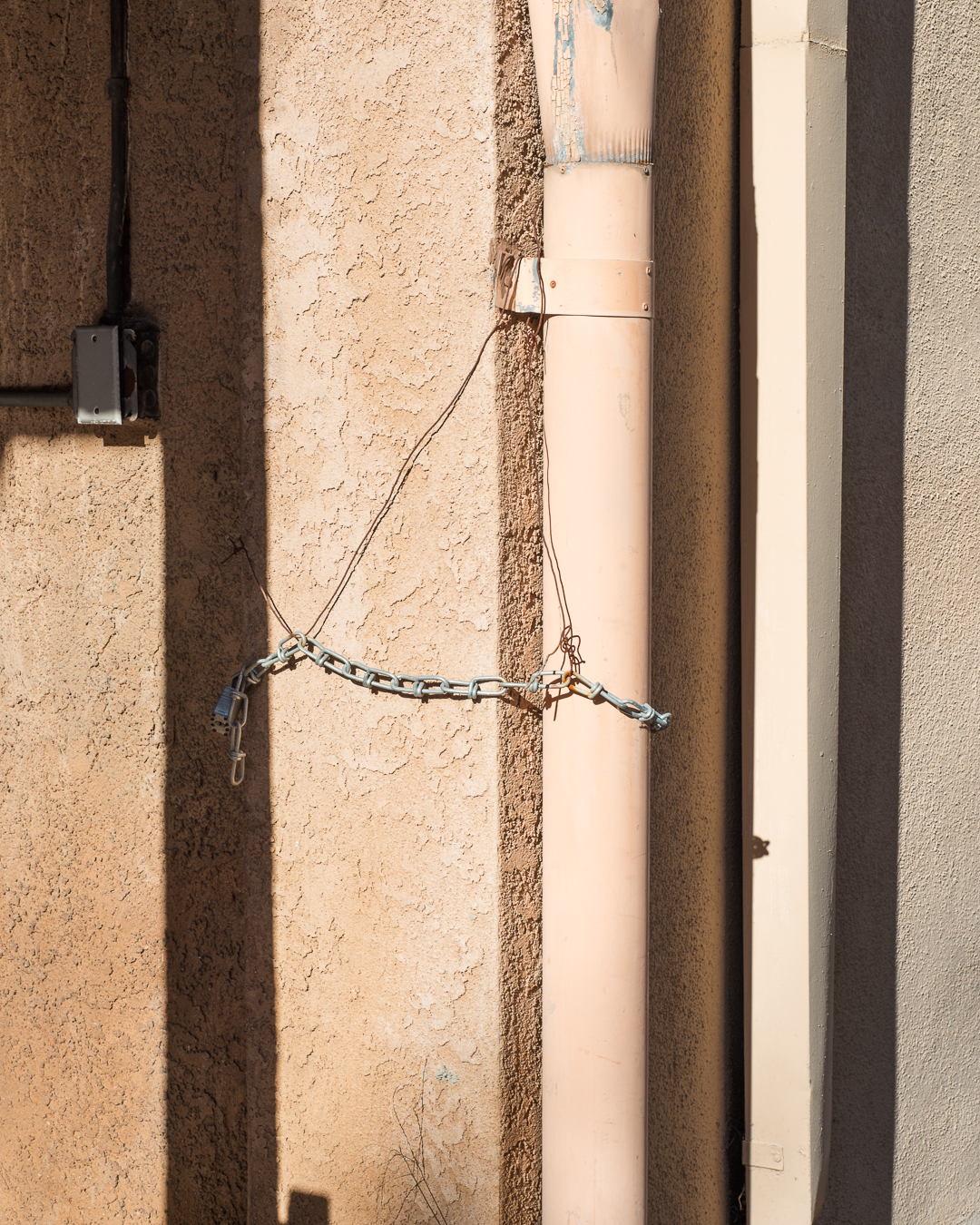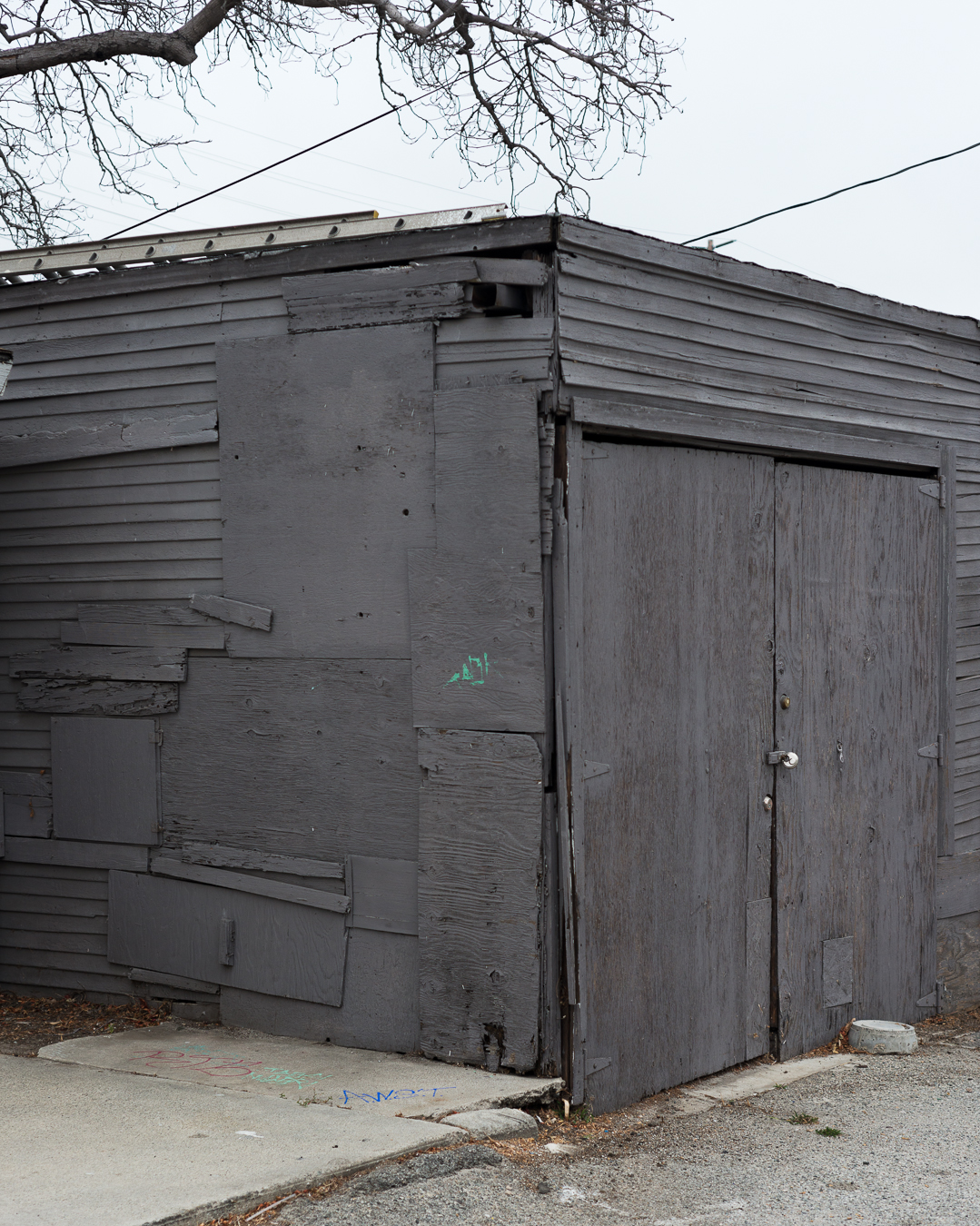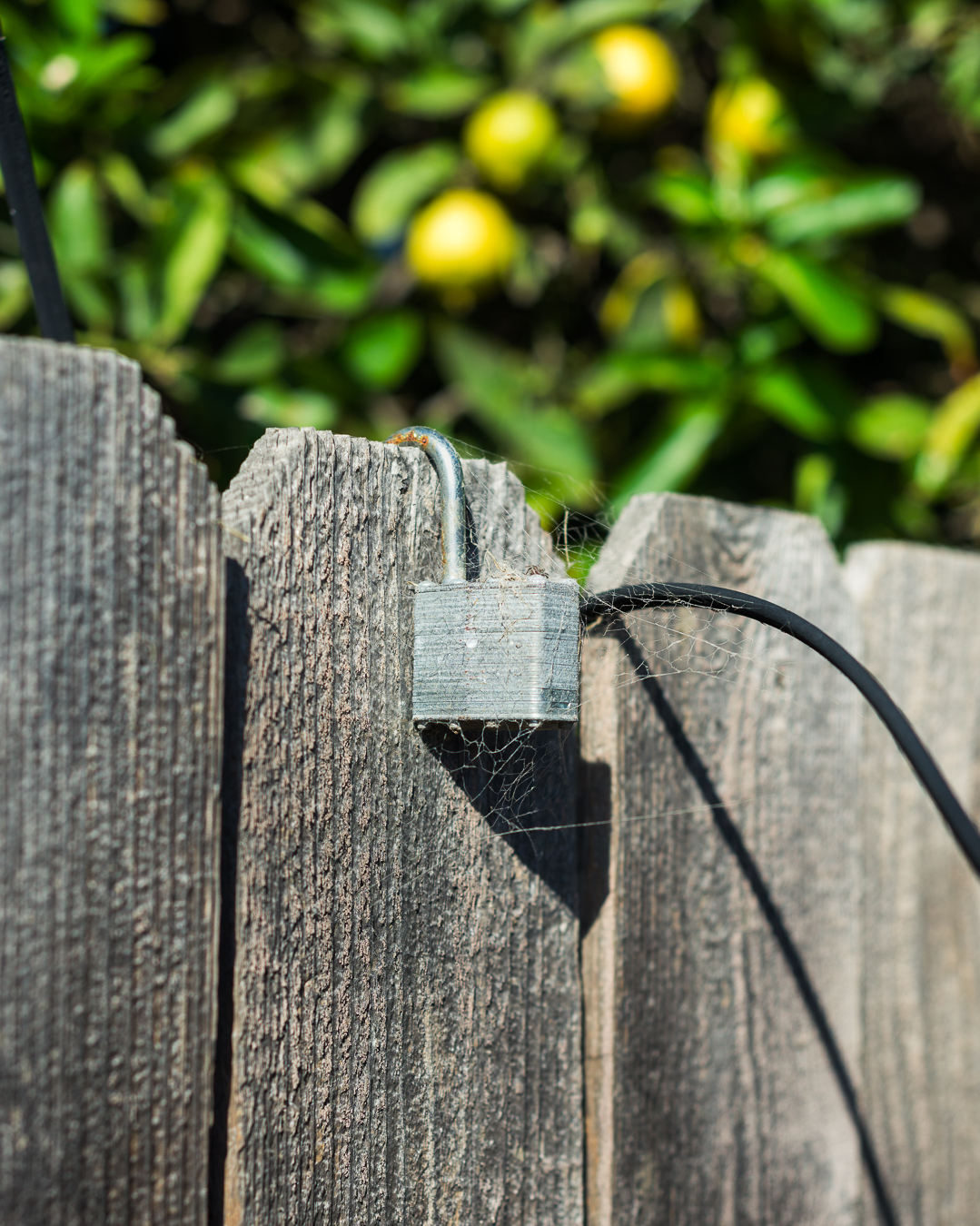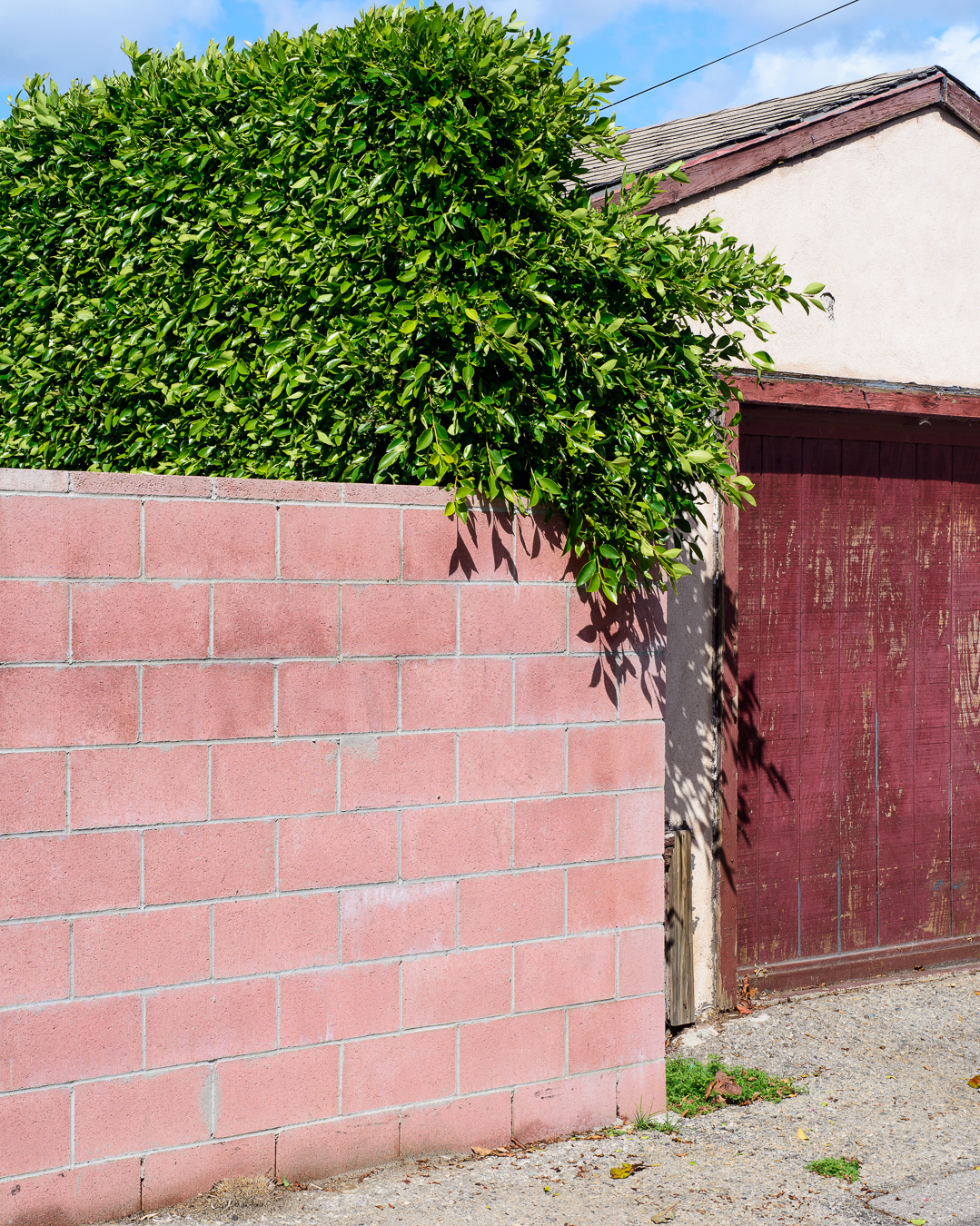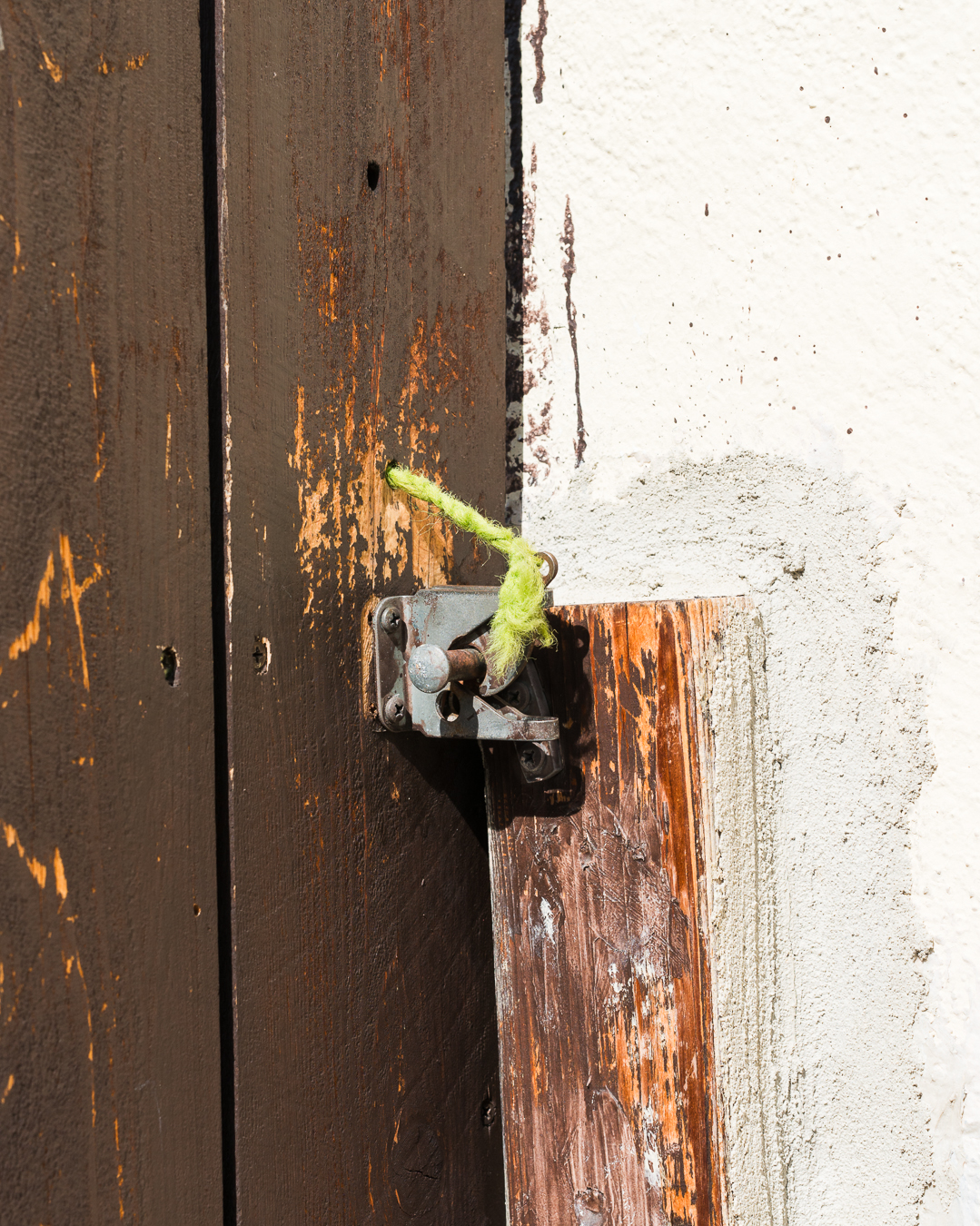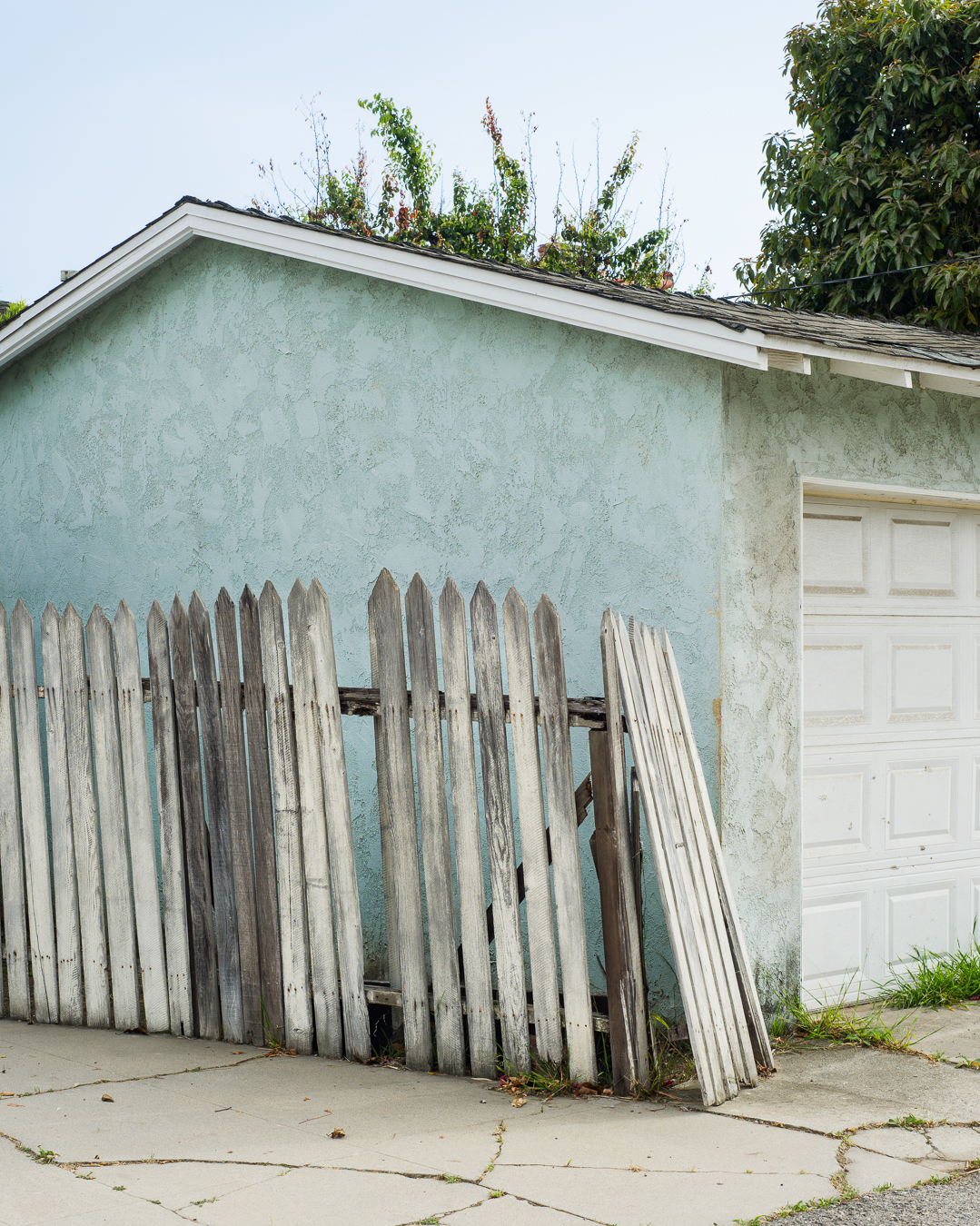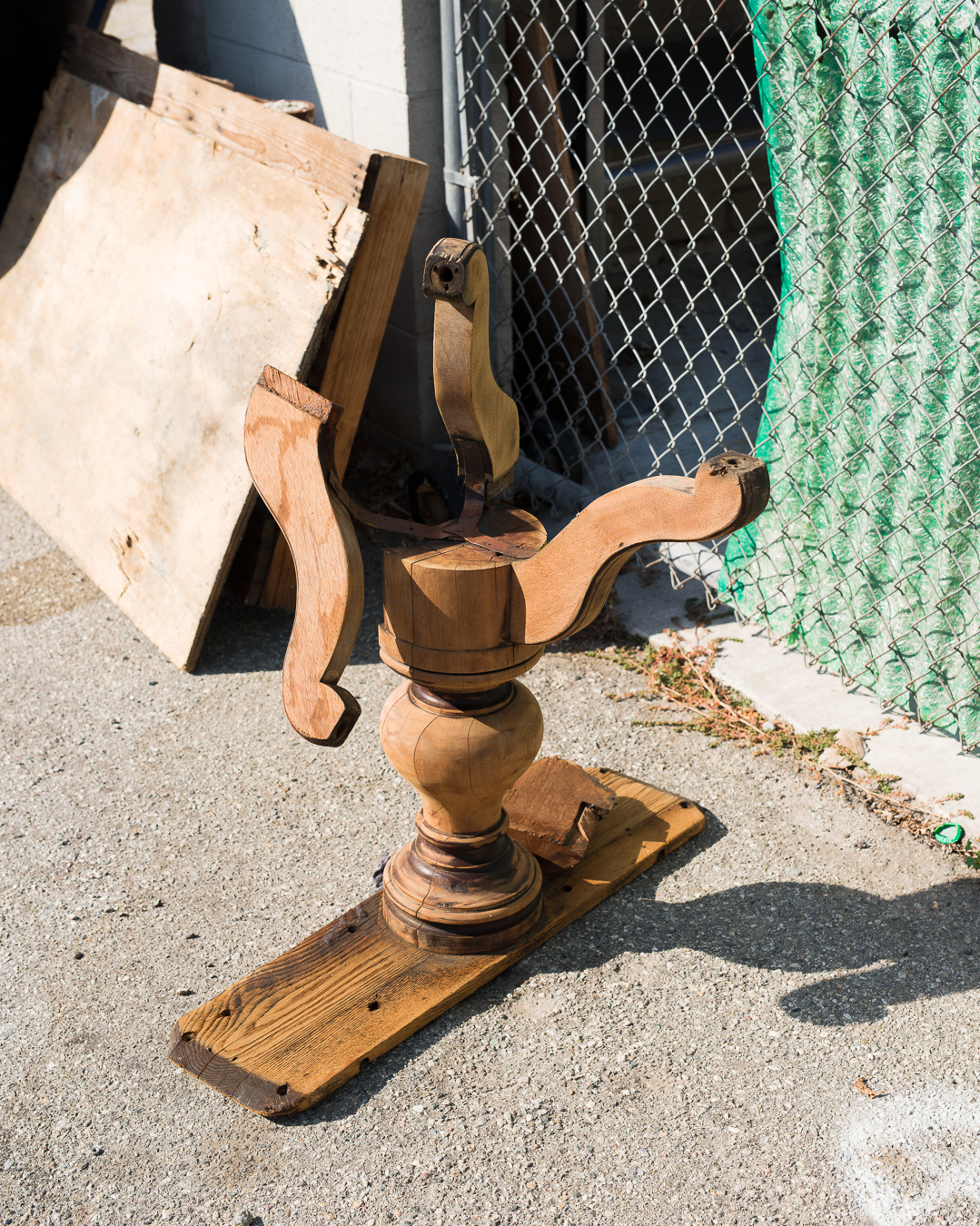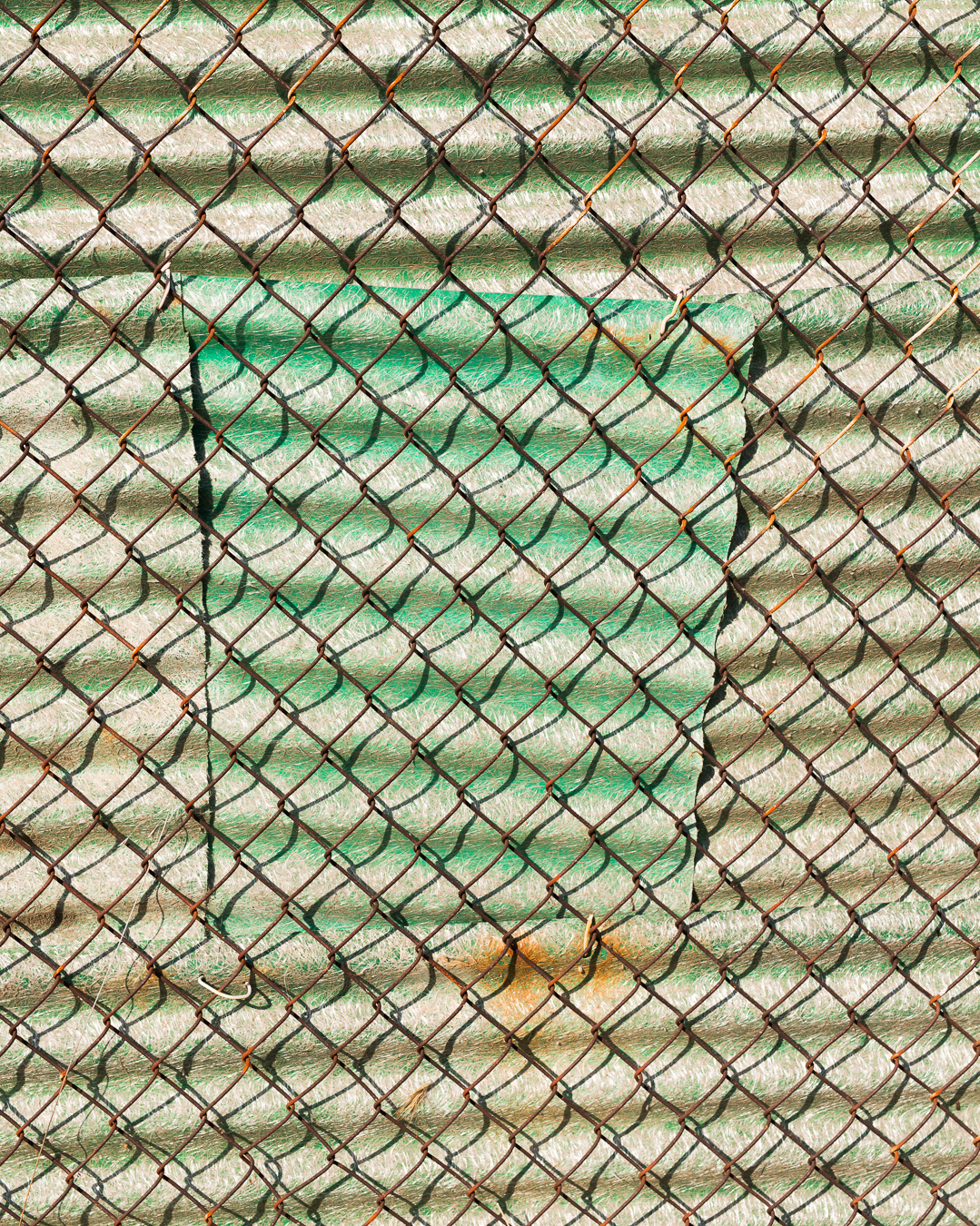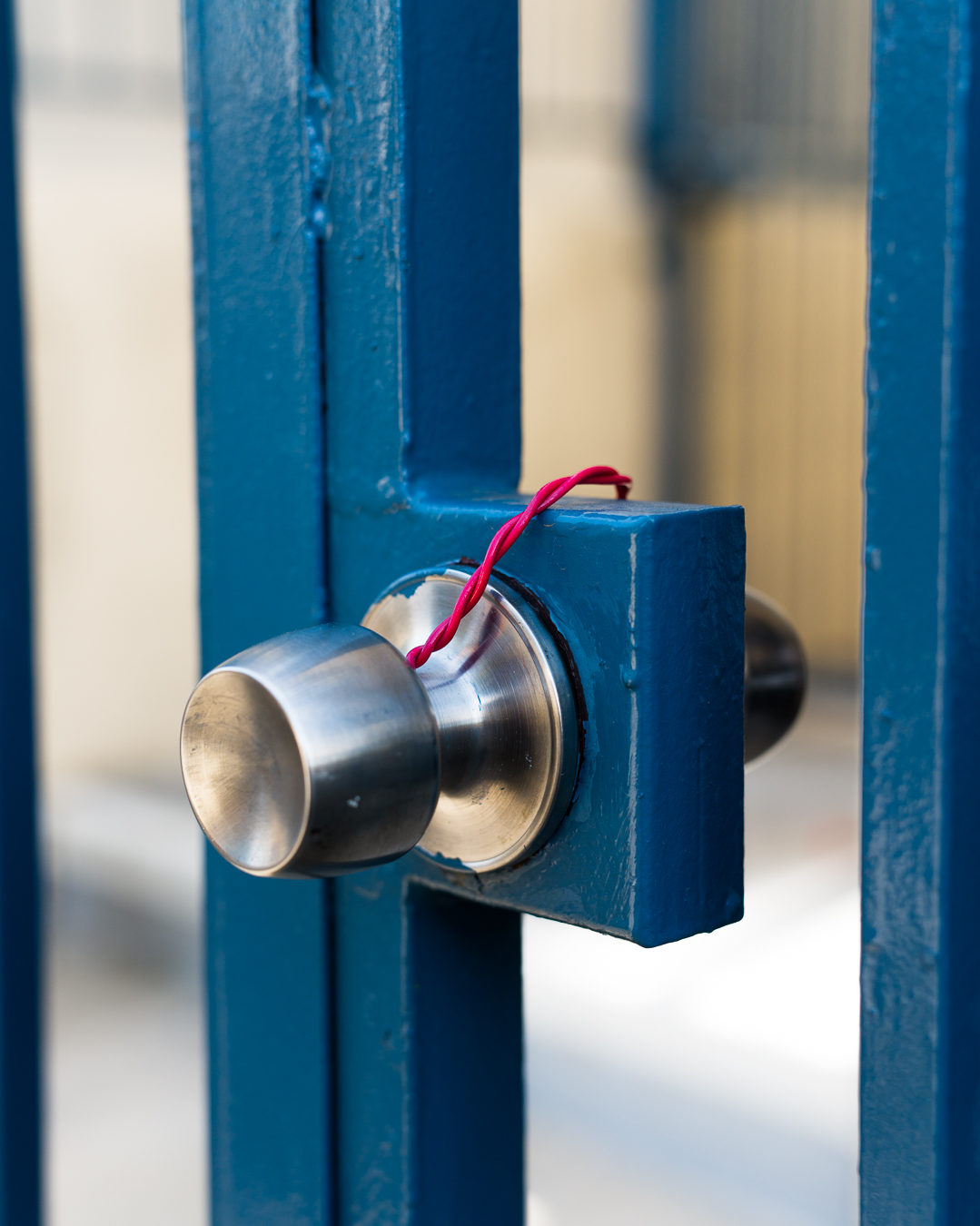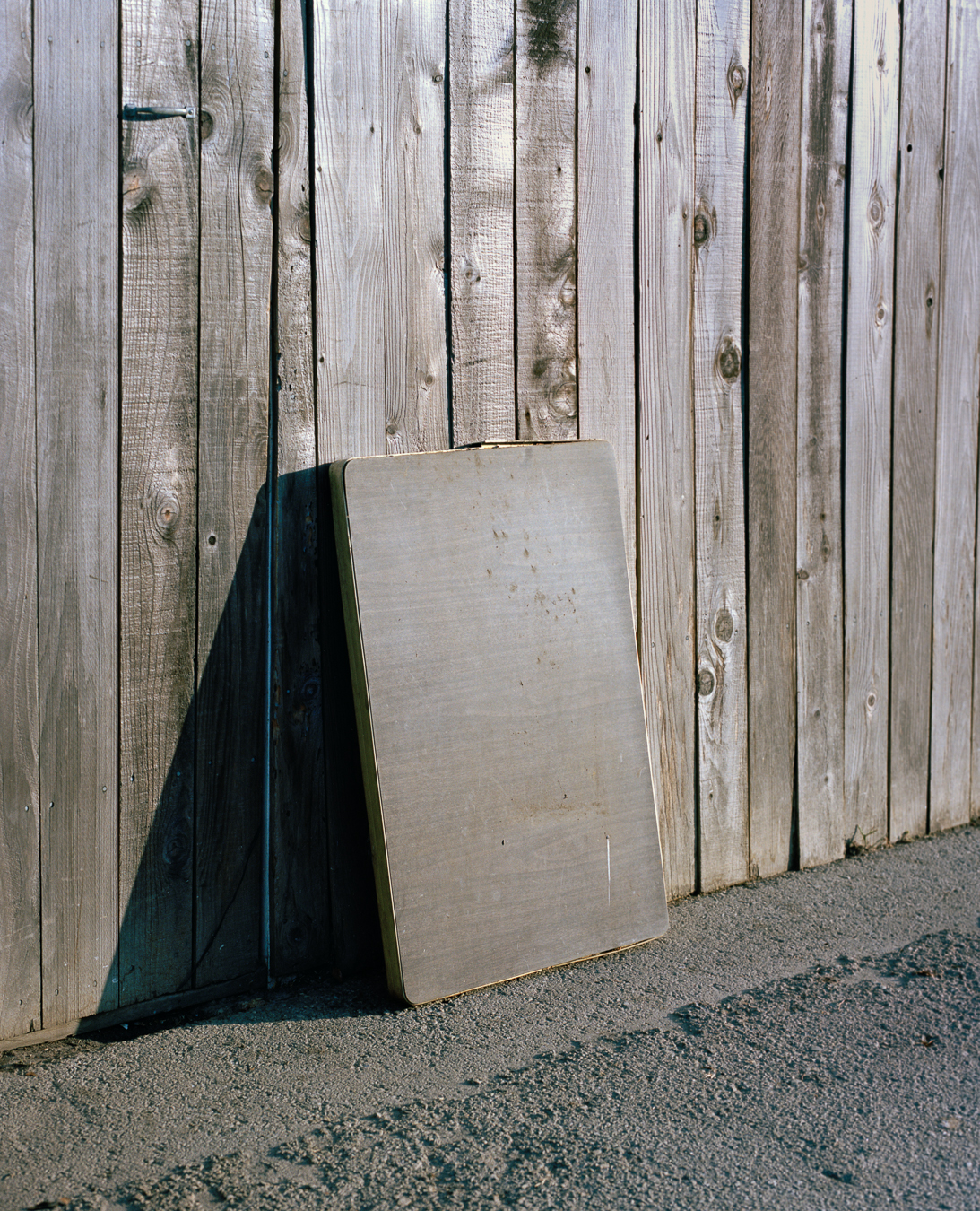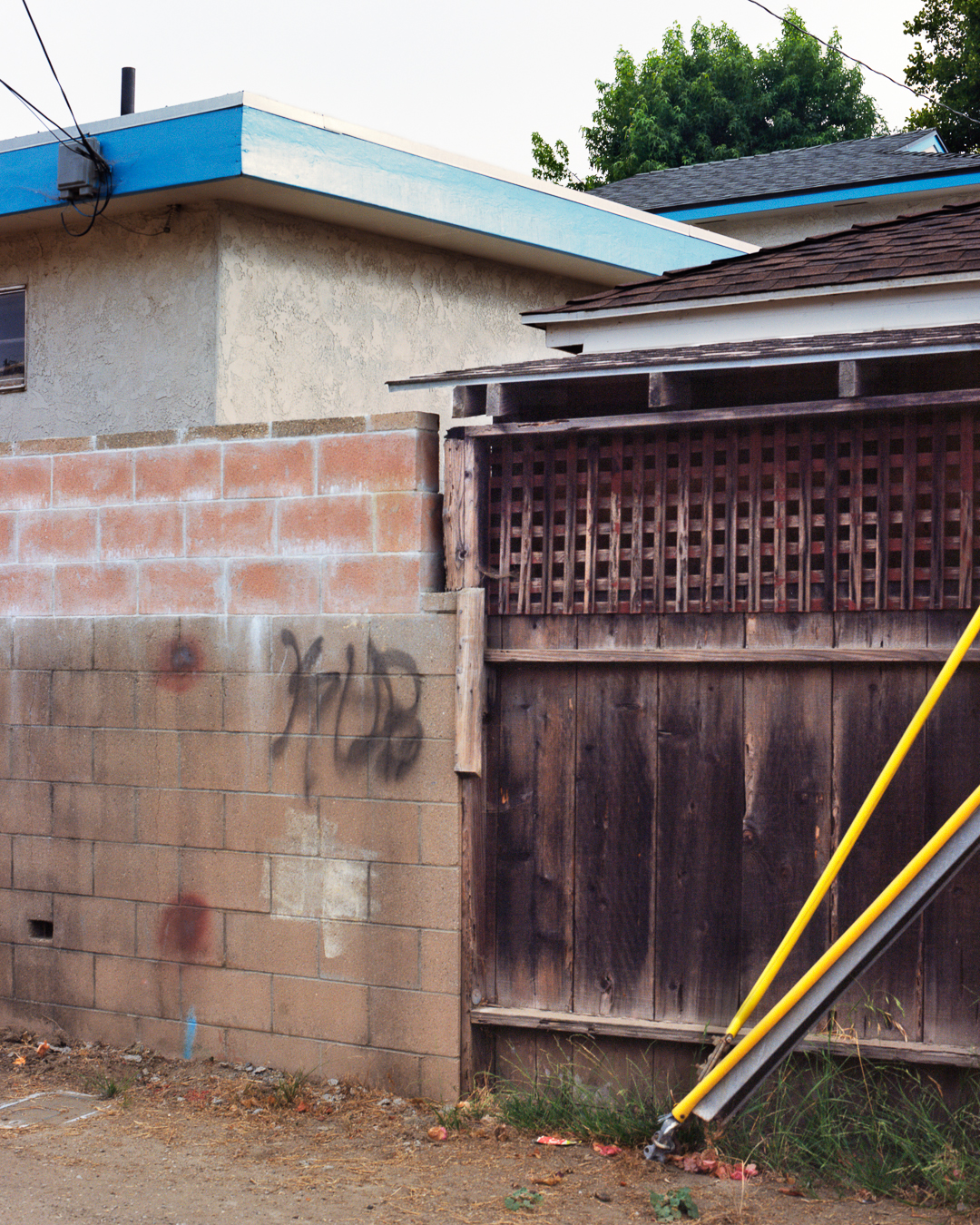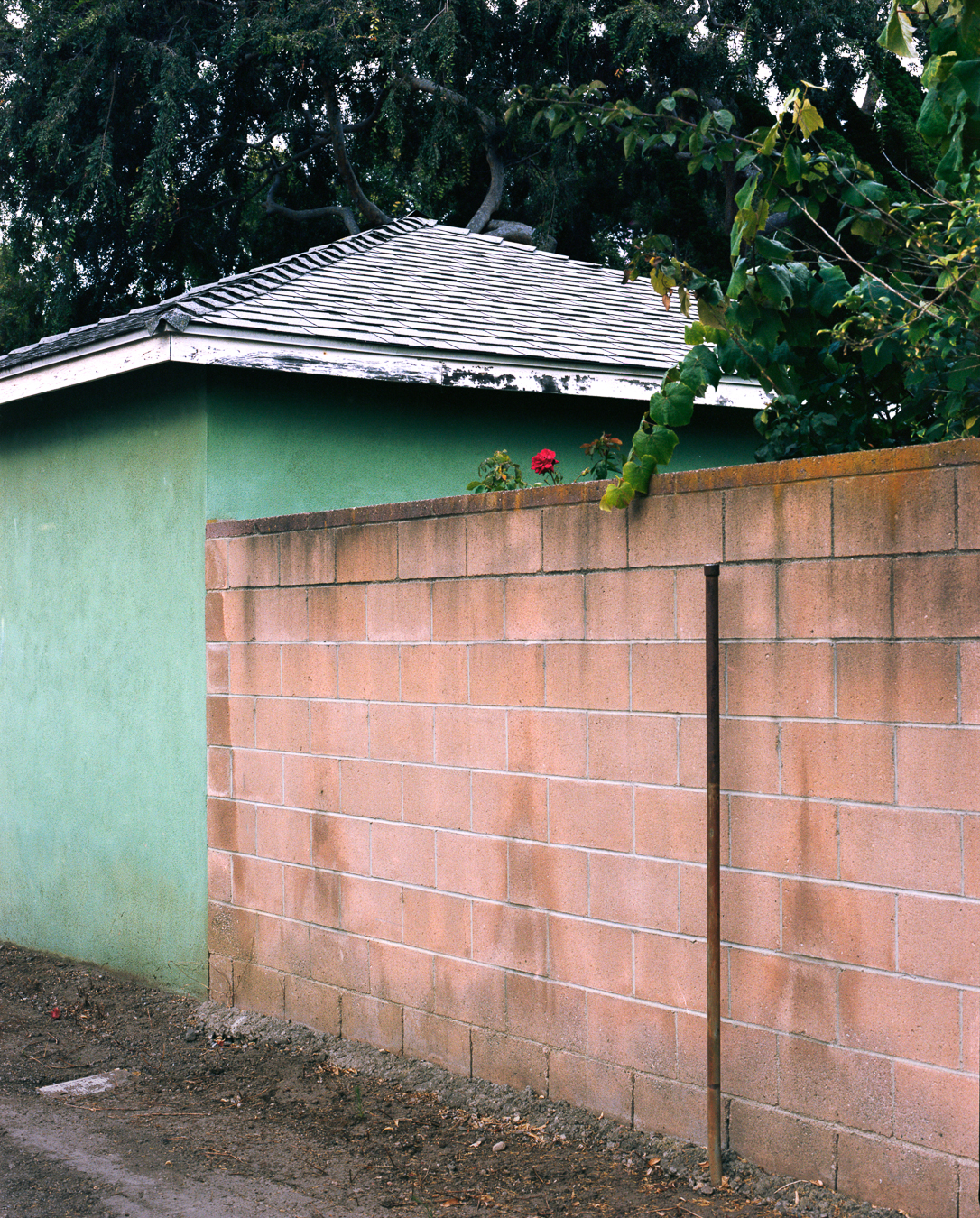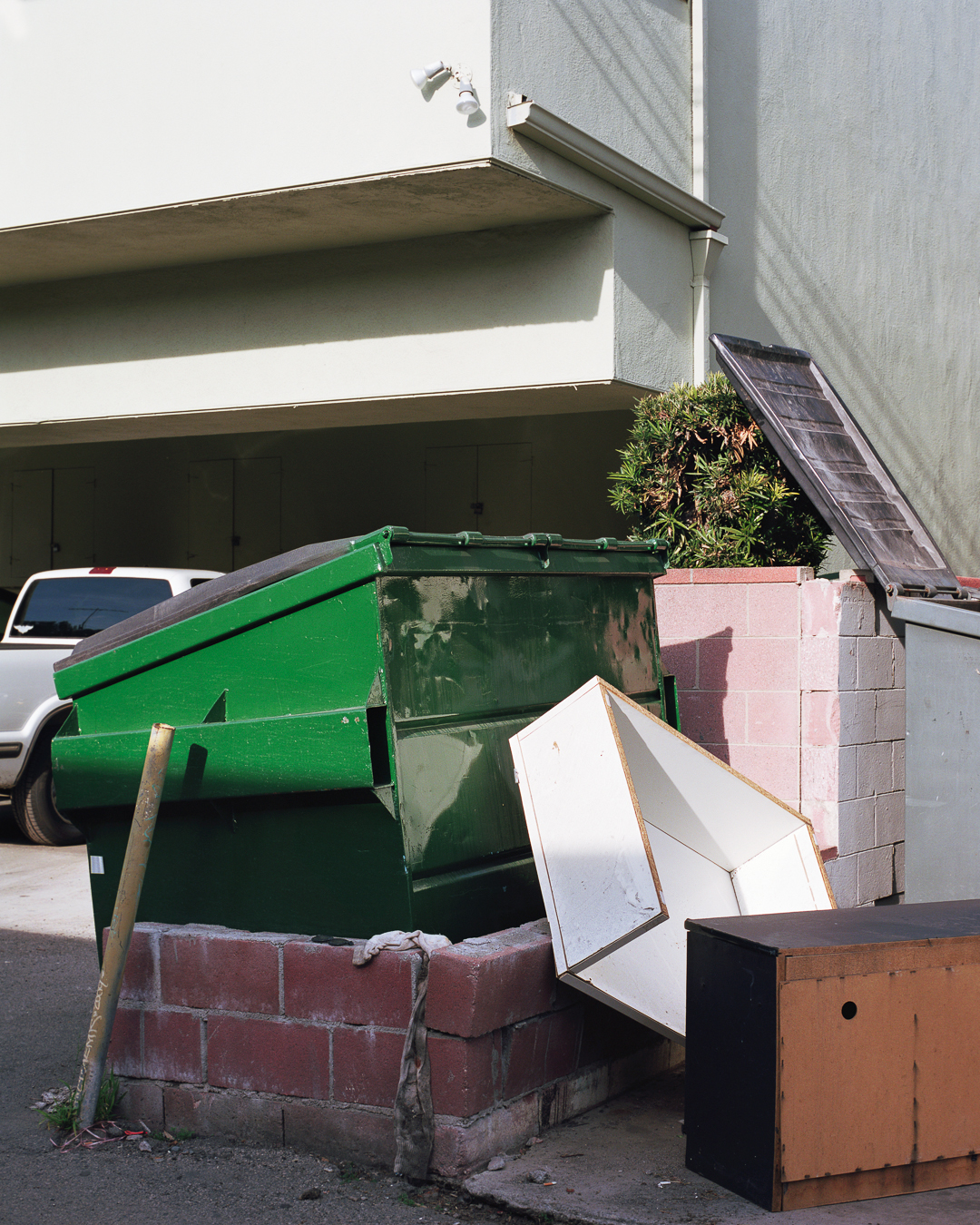Justin Fiset / Six Cinder Blocks on Top of a Wall
“More often than not I would prefer to walk in the rear alley, precisely for the little hints of life, activity, transition which the placid visual arts of suburbia did their best to suppress or politely disguise”
-Lewis Mumford
“To skulk through an American alley is to step backward in time, download on the social ladder, and quickly to confront the world of trash collectors, garbage pickers, weekend car mechanics, and children. Refugees, all of them, from the wide open world of the big stream of the Out-front. Backstaged, the alley is the outback world of the unmentionable, if not the unwanted, the displaced of modern society."
-Grady Clay
Alleyways occupy a unique position in the urban landscape. They are neither entirely public or entirely private and while their path and location is deliberate and planned, the space itself often evolves organically. Their use and meaning change in relation to who moves through them and how they are used. While they are places in a physical sense they are conceptually non-places, without names and left off of maps. They are the negative space of cities, used to discard or store what can’t be left in front and unlike the buildings and public spaces that surround them, alleys (and much of the architecture that encloses them) are not designed to be seen. Largely accidental or unconsidered (literally the backs of walls, fences and buildings that the owners rarely see), the aesthetic quality of alleys is the result of overlapping, individual interests, indifference, and happenstance.
Because of this position they become a parallel zone, a physical subconscious, where the subtle, banal details of life can become more readily apparent. The piling up of things, the marks, and the patchwork, ad hoc constructions can be seen as the signs and symbols of what is taking place in the surrounding streets and buildings. They are the background and details, the exposition, of lives that have unfolded, or are unfolding. With these images I’m interested in what is revealed in and by these empty spaces and inanimate objects, and how through use they become charged with something that is ultimately human.


